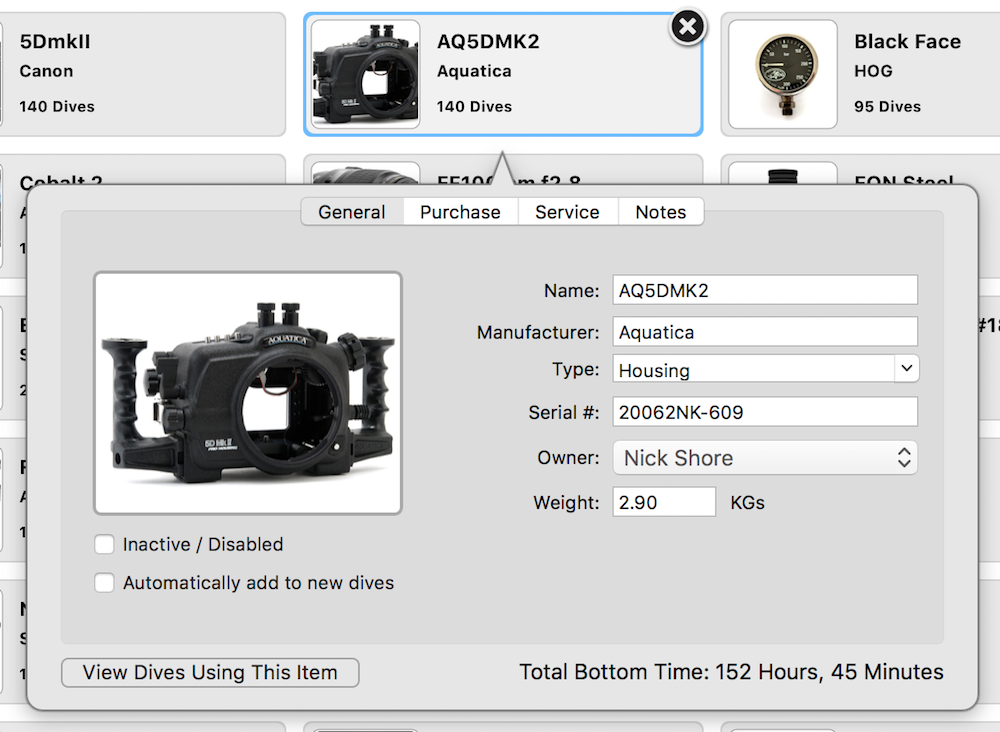

El-Shobaky Journal of Thermal Analysis and Calorimetry 1996, Volume 46, Number 6, pp.1801-1808. "Structures of hydrothermally synthesized cobalt(II) carbonate and nickel(II) carbonate". ^ a b "Spherocobaltite: Spherocobaltite mineral information and data".Ullmann's Encyclopedia of Industrial Chemistry. ^ a b c Donaldson, John Dallas Beyersmann, Detmar (2005).^ a b c Sigma-Aldrich Co., Cobalt(II) carbonate.Animals, including humans, require trace amounts of cobalt, a component of vitamin B12. "Cobaltocalcite" is a cobaltiferous calcite variety that is quite similar in habit to spherocobaltite. The moderately rare spherocobaltite is a natural form of cobalt carbonate, with good specimens coming especially from the Republic of Congo. It is a precursor to blue pottery glazes, famously in the case of Delftware.Īt least two cobalt(II) carbonate-hydroxides are known: Co 2(CO 3)(OH) 2 and Co 6(CO 3) 2(OH) 8 It is a component of dietary supplements since cobalt is an essential element. Uses Ĭobalt carbonate is a precursor to cobalt carbonyl and various cobalt salts. The resulting Co 3O 4 converts reversibly to CoO at high temperatures. Heating the carbonate proceeds in a typical way for calcining, except that the product becomes partially oxidized:

The reaction of cobalt(II) carbonate and acetylacetone in the presence of hydrogen peroxide gives tris(acetylacetonato)cobalt(III). It is used to prepare many coordination complexes. Like most transition metal carbonates, cobalt carbonate is insoluble in water, but is readily attacked by mineral acids:ĬoCO 3 + 2 HCl + 5 H 2O → Cl 2 + CO 2 ĬoCO 3 adopts a structure like calcite, consisting of cobalt in an octahedral coordination geometry. This reaction is used in the precipitation of cobalt from an extract of its roasted ores. It is prepared by combining solutions cobaltous sulfate and sodium bicarbonate:ĬoSO 4 + 2 NaHCO 3 → CoCO 3 + Na 2SO 4 + H 2O + CO 2 Cobalt(II) carbonate also occurs as the rare red/pink mineral spherocobaltite. It is an inorganic pigment, and a precursor to catalysts. This reddish paramagnetic solid is an intermediate in the hydrometallurgical purification of cobalt from its ores. Cobalt(II) carbonate is the inorganic compound with the formula CoCO 3.


 0 kommentar(er)
0 kommentar(er)
